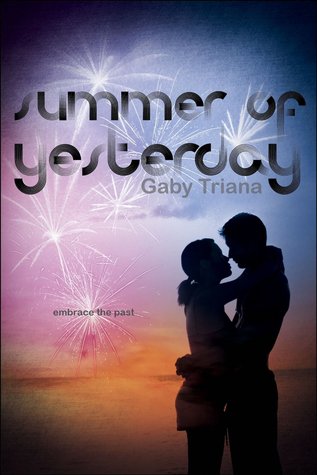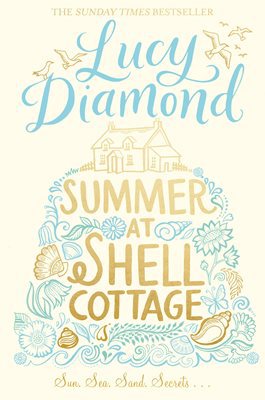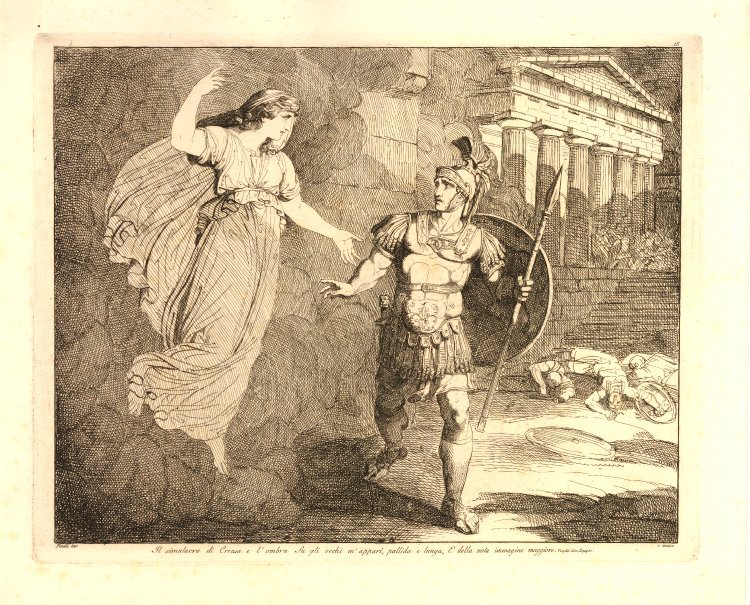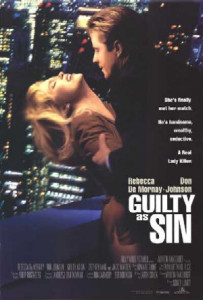 I’m probably crazy blogging at this late hour, but I don’t to miss the opportunity to capture at least fragments of a full and inspiring Day 2 at the Desert Nights, Rising Stars Writers Conference here in Phoenix, Arizona.
I’m probably crazy blogging at this late hour, but I don’t to miss the opportunity to capture at least fragments of a full and inspiring Day 2 at the Desert Nights, Rising Stars Writers Conference here in Phoenix, Arizona.
My day started with a session called The Truth About Showing and Telling with Elizabeth Evans. Elizabeth attempted to debunk the notion that showing is always more important than telling, arguing that a good writer can create a narrator/narrative voice that establishes a relationship with the reader and allows for a mix of the two. She offered Irish writer William Trevor’s story ‘Events at Drimaghleen’ as a case in point. A number of participants questioned whether the omniscient narrative voice in Trevor’s story would wash with contemporary American publishers, one noting that for YA writers in particular, a first person (preferably present) point of view is pretty much obligatory. Regardless of publishing trends, Evans’s advice was to ‘read the best stuff you can find’ and, in doing so, learn to read your own work as if it was written by someone else.
Next session was The Absurd: Tackling Odd Material with poet Matthew Olzmann. Poetry is something I’ve recently started to appreciate after a long hiatus, and Matthew’s session only increased my enthusiasm for this form. He made a comment that ‘What we’re willing to believe doesn’t necessarily correspond to what is logical, rational or reasonable’ (he was talking about readers, but in the current political environment in the USA, this observation takes on added significance), and went on to talk about ‘suspension of disbelief’, a term originally coined by Samuel Coleridge. He then got us to workshop several poems that attempted to explain the inexplicable: Ave Maria by Frank O’Hara; Noah and Joan by Denise Duhamel (my personal favourite); The Poem You Asked For by Larry Levis; and Notes from a Nonexistent Himalayan Expedition by Wistawa Szymborska. Matthew suggested that what carries the ridiculous or ludicrous premises in these poems — what allows us to suspend disbelief — is either the force of the speaker’s personality (as in the O’Hara and Duhamel poems, though in different timbres), the figurative possibilities (as in the Levis and Szymborska poems), or a combination of the two — see [American Journal] by Robert Hayden. He encouraged us to recognise the value of spontaneity and surprise in the process of making art: ‘It may be unbelievable, yes, but it’s still worthy of belief.’

Goldie Goldbloom in full flight
Next up was Torquing Images: Creating Tension Through Distortion with expatriate Australian author Goldie Goldbloom (her real name!). Goldie’s session was wildly engaging. She admitted to nailing home her message: that by far the majority of most memorable characters in fiction are not likeable, and ‘If your characters are nice, they’re no fucking good. We have to give them a twist to make them memorable.’ Using our own take on memorable characters from favourite books, Goldie suggested that what grabs our attention is characters who are flawed in a tragic way, who are idiosyncratic, and in whom we recognise ourselves. She cited Humbert Humbert from Lolita, and Jay Gatsby from The Great Gatsby, among other examples, noting that the majority of examples are men, and that readers have less tolerance for women who behave badly. Goldie explained that humans are hard-wired to crave novelty — it’s the impulse that makes small children stare at what is odd to them — and that the older we get, the harder it is to experience novelty. At the same time, we better remember what is novel. All of this boils down to the need to create characters who are distorted, dissonant, twisted — while not neglecting their humanity. Asked how to avoid creating over the top characters who defy disbelief, Goldie said you need to maintain the emotional or moral consequences of their actions. Her advice boiled down to: ‘Take something that you know and then twist it to make it more memorable.’
Tune in tomorrow, local time, for notes on the afternoon sessions.
Advertisements Share this:





